︎︎︎
HOW METAL IS YOUR ECOCIDE?

Sabrina Rosina & Demi Spriggs
How Metal Is Your Ecocide?
2024
transparent boxes, stones, soil, plants, plant-lamp, biodata-sensors, synthesizer, speaker
400x300x200 cm
Research frame:
Who are the aliens that live among us? What kinds of ontological positionings do they occupy and how does that influence our kin entanglements? If we were just to stop and listen, maybe we could fail a little better in undoing the rigid structures of the Anthropocene. We might feel deeper into the slow movements of things that are at the base of new ecologies emerging. ‘How Metal Is Your Ecocide?’ is a research into the kinds of material assemblages between organic and sonic structures, where we want to nestle into entanglements of aliens and matters out of place, but how? And are we even wanted there anyways?
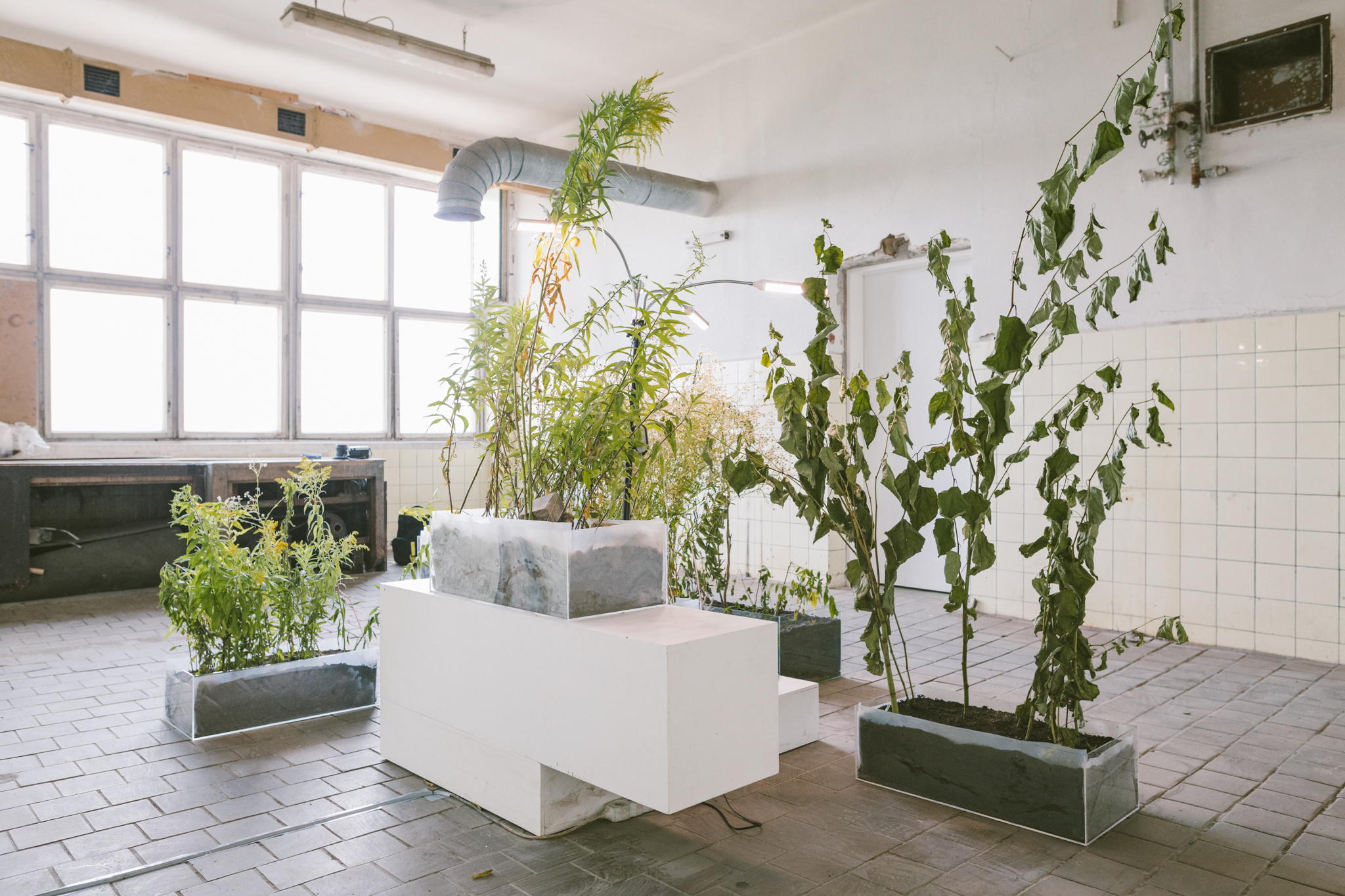
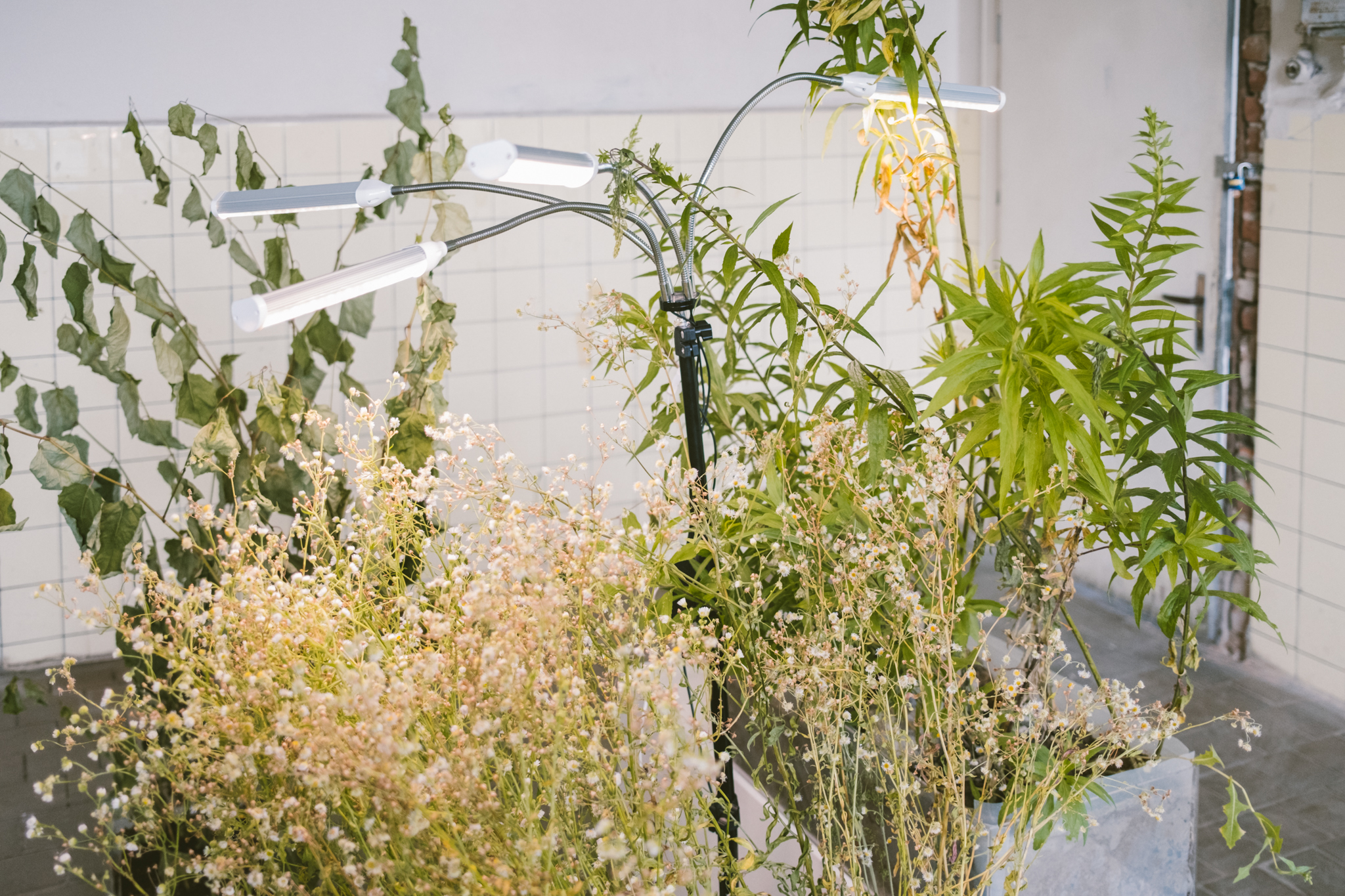
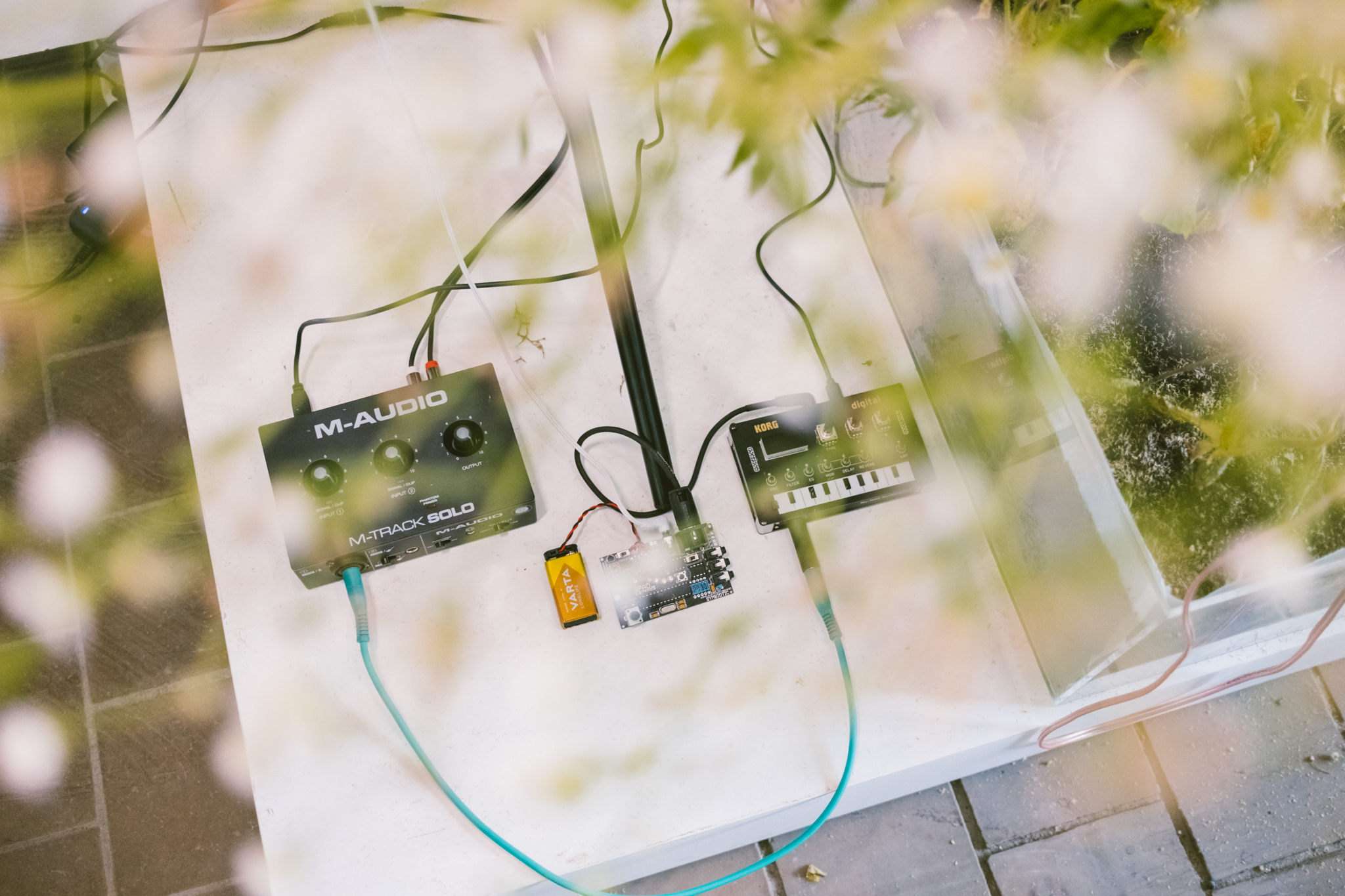
Researching ecological intra-action:
We approached this project from a research oriented perspective. Somewhat burdened but close to the question of how to de-centre anthropocentric approach. Following the notion of ‘agential interaction’ among vegetable and non-vegetable organic life (by way of plants and humans), we wanted to create a space where humans and plant things could interact with each other. For this laboratory, we specifically chose invasive species plant life, which were to be collected from the urban industrial spaces surrounding Pragovka. The reason for this, from an ecological perspective, was to think about how ecological categories and designs influence human interactions with it. For example, if we were to plant ‘weed species’ on one side of the gallery, but categorically welcome plant species on the other, both designed organically with the plant species, and other landscape parts, would this prevent humans from stepping on certain points, but cause a sense of pride when stamping all over others? A contention, and better put, a disagreement that we had, was whether the organization of the plant life should follow the dichotomy of pluri-culture vs. monoculture. One issue was that we did not aim to follow moralist structures that presented pluri-culture as good and monoculture as bad, seeing that this division did not serve us. Since Western ontological frameworks have not allowed us to prevent ecocide, we looked to seek alternative ontological modalities within art-based practice as a microcosm of a moral reframing of ecological assemblages and kinship networks. We did consider the point that presenting two ways of inter agenting in this assemblage (us: crafting the space, the plant life, growing within it: designing the space with/in plant life) did not necessarily fall into these categories, if we are to present them as irrelevant and somewhat obsolete, since the mere issue of something being in two parts does not lend itself to dichotomies if we are to think outside of the anthropocene. However, we decided in this instance that we are too close to the problem, and went to failing better in a messier situation of more and multiple parts.
We therefore sought out to seek the alien species in the biotopes around the industrial area of Pragovka. Trying to reach out to these particular creatures.
Reaching the ‘outsider’
Bringing the aliens in.
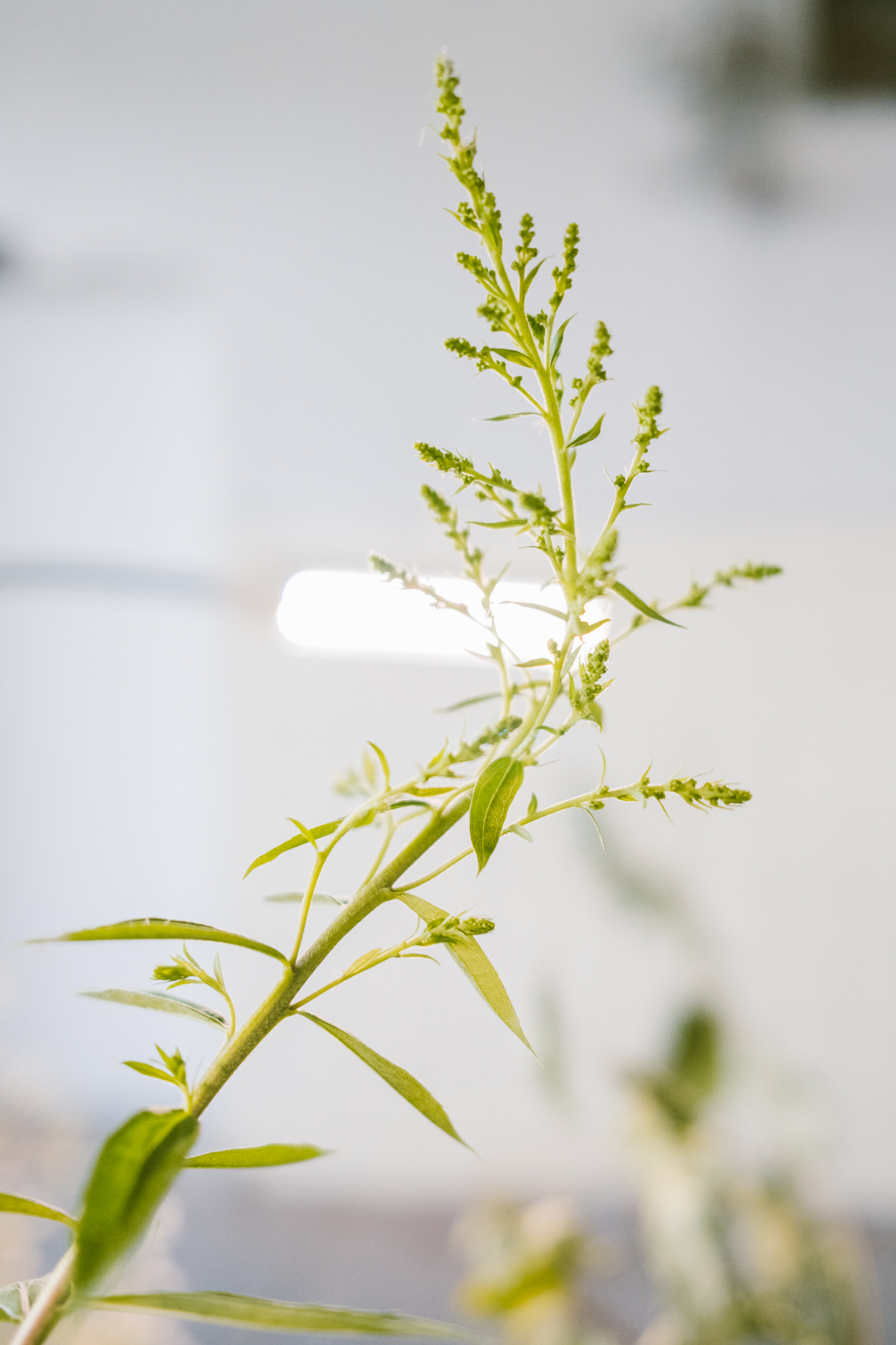
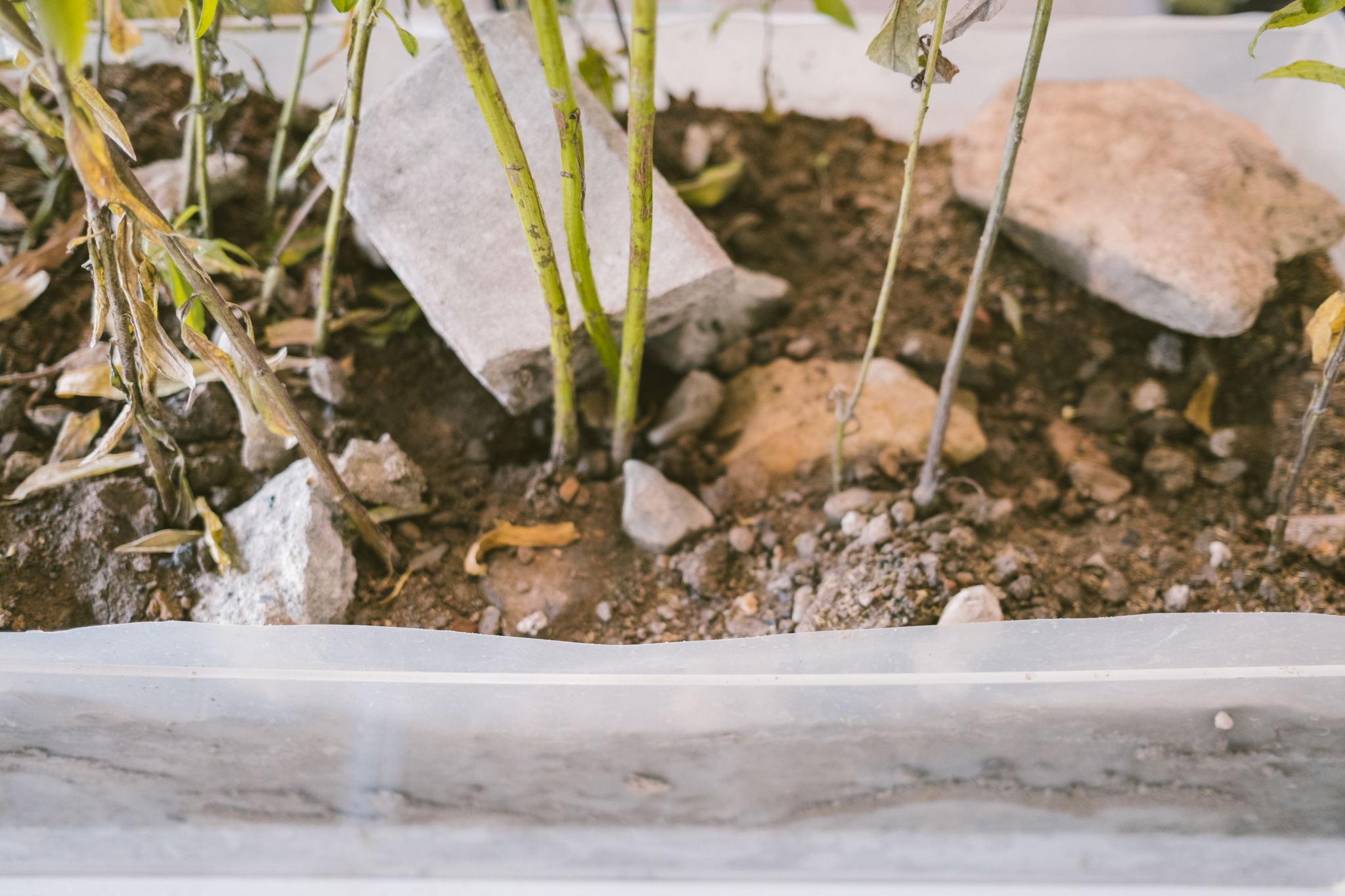
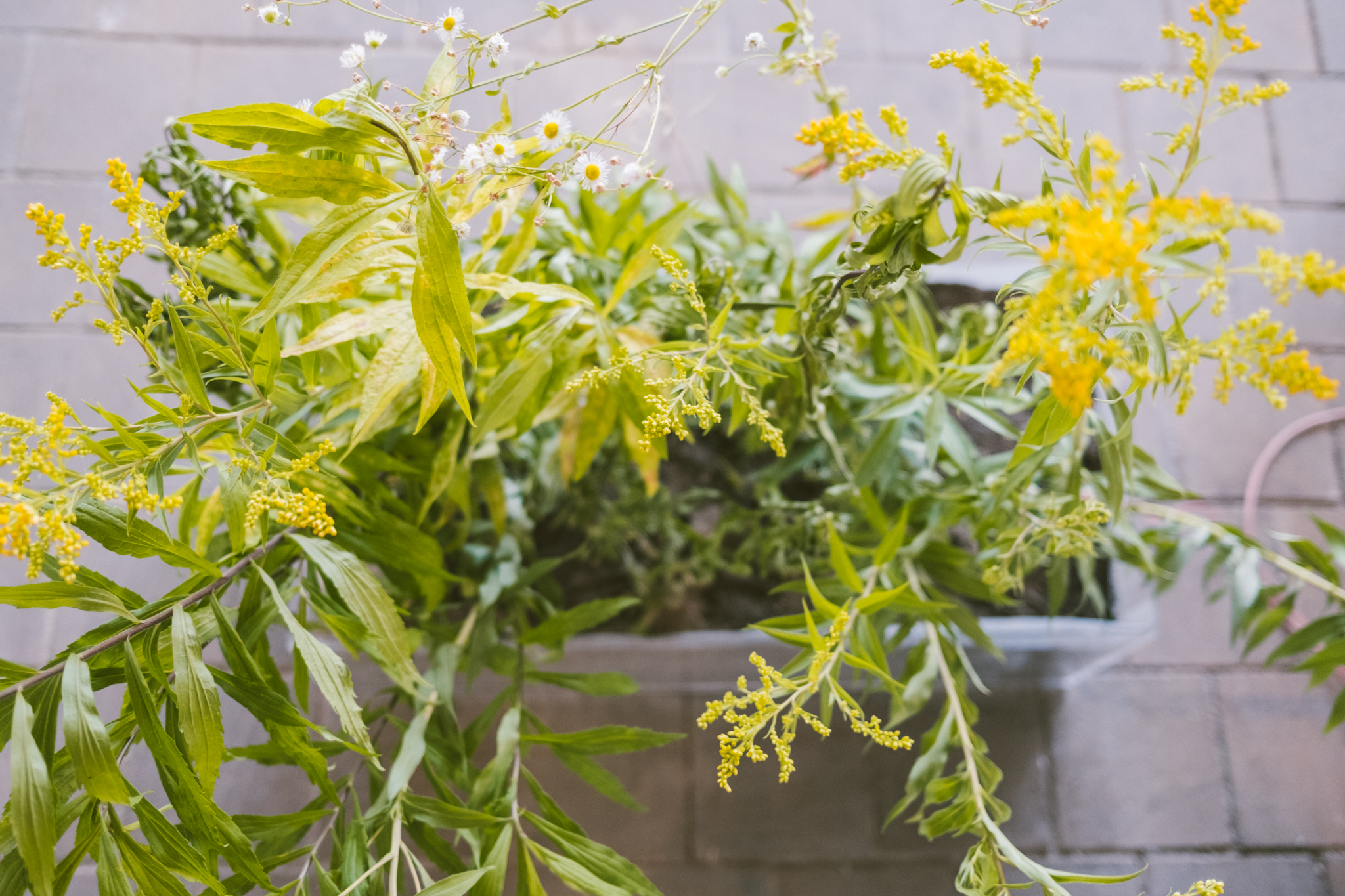

Sound:
The sonic dimension of this project comes from a curiosity of sound as a way of knowing and feeling. Since much of capitalist and christian ontologies have been rather ocularcentric. We once again have realised that relying on these ways of knowing and doing have not yet served us proper, due to the every growing demise of the homeostasis that the earth has maintained for thousands of years that have allowed us as other mammalian and flesh-like species who demand certain temperature and moisture conditions to grow and thrive. Therefore what we see is that seeing has nonetheless done us over. In ocularcentric understandings that disregard other sensorial ways of feeling into the planetary system that human beings and other living creatures have much relied on for all of our time in this big family, we have paradoxically made much around us invisible.
Seeing it seems, leads to unseeing.
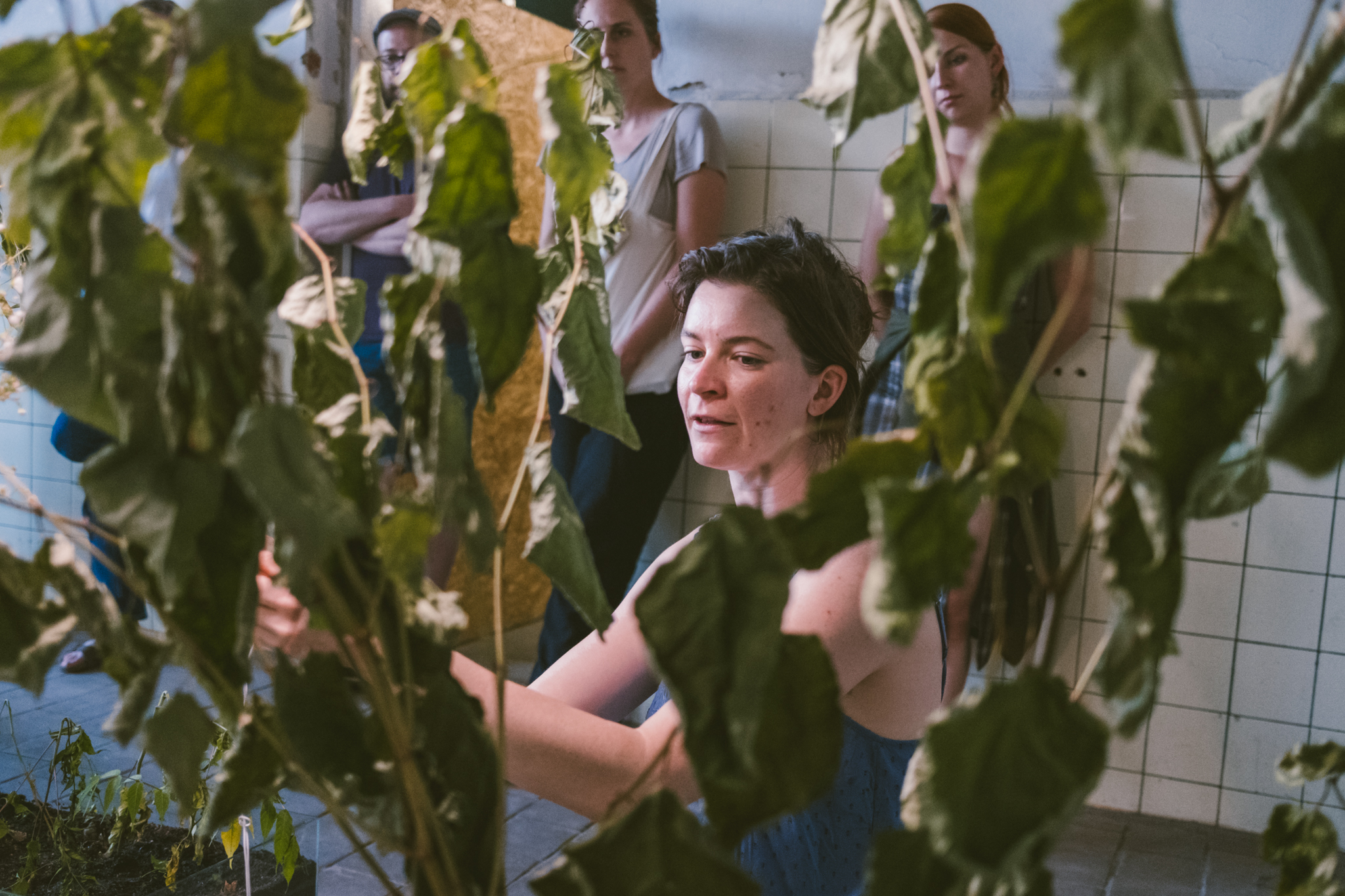
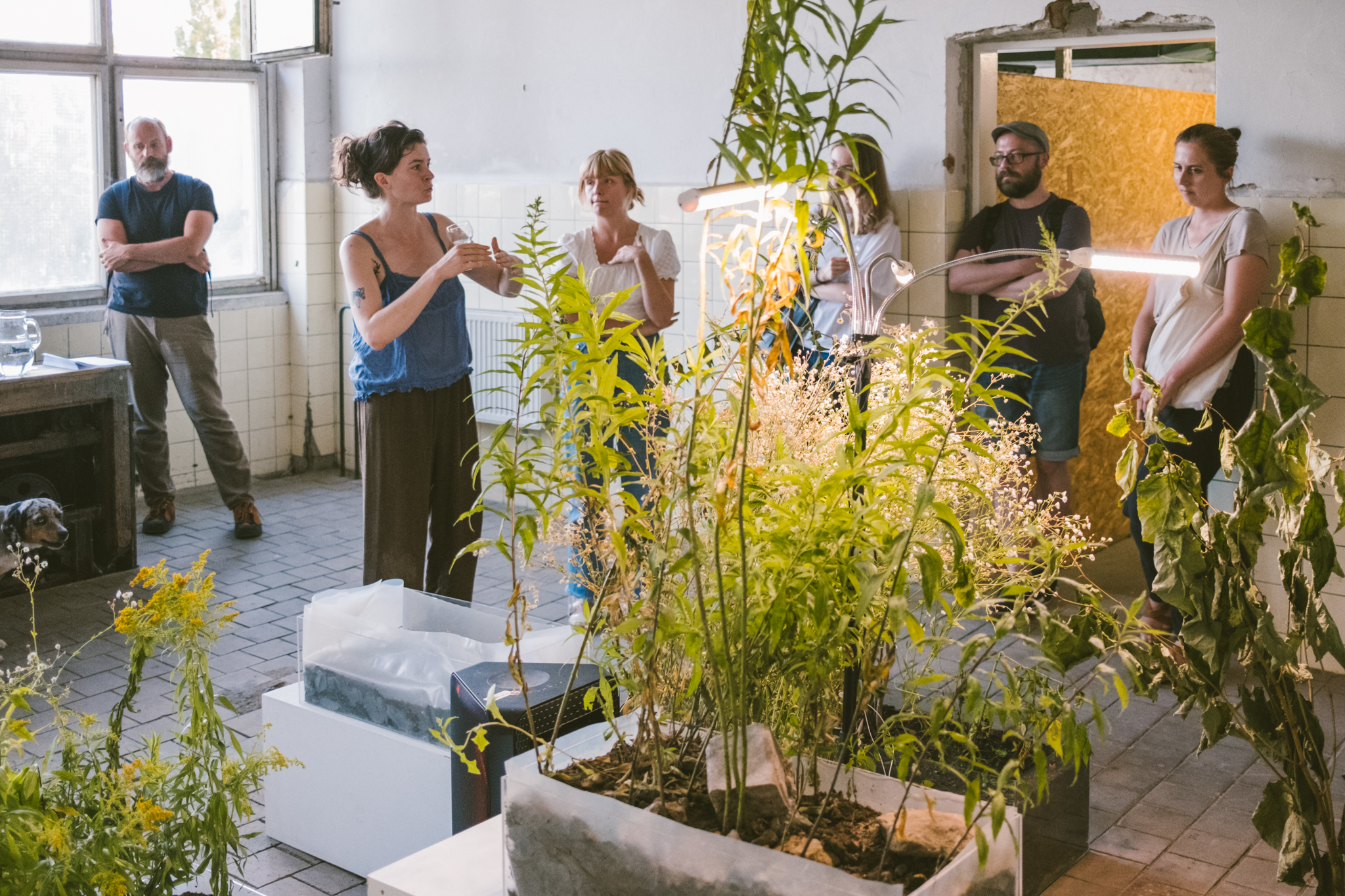
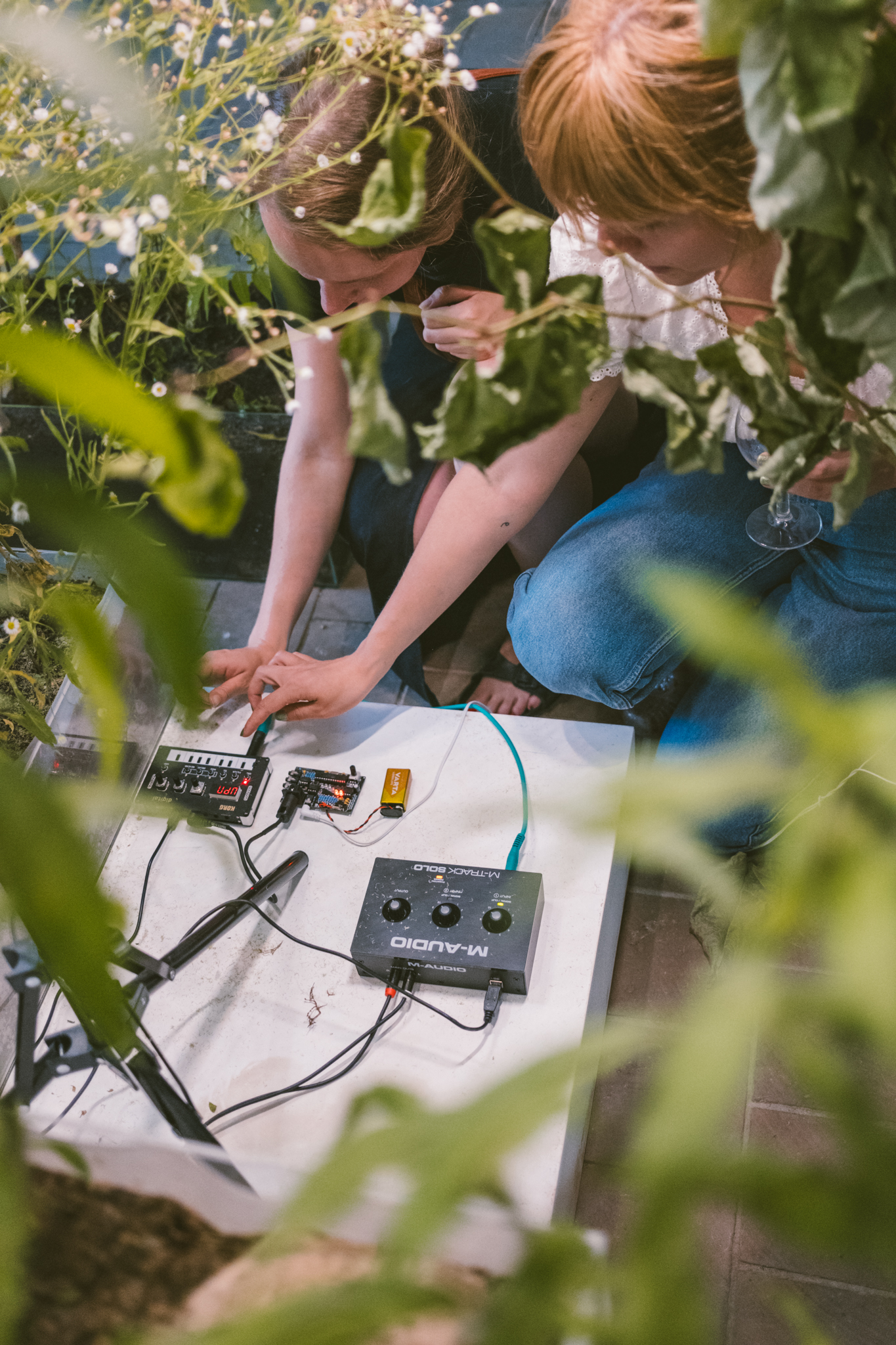
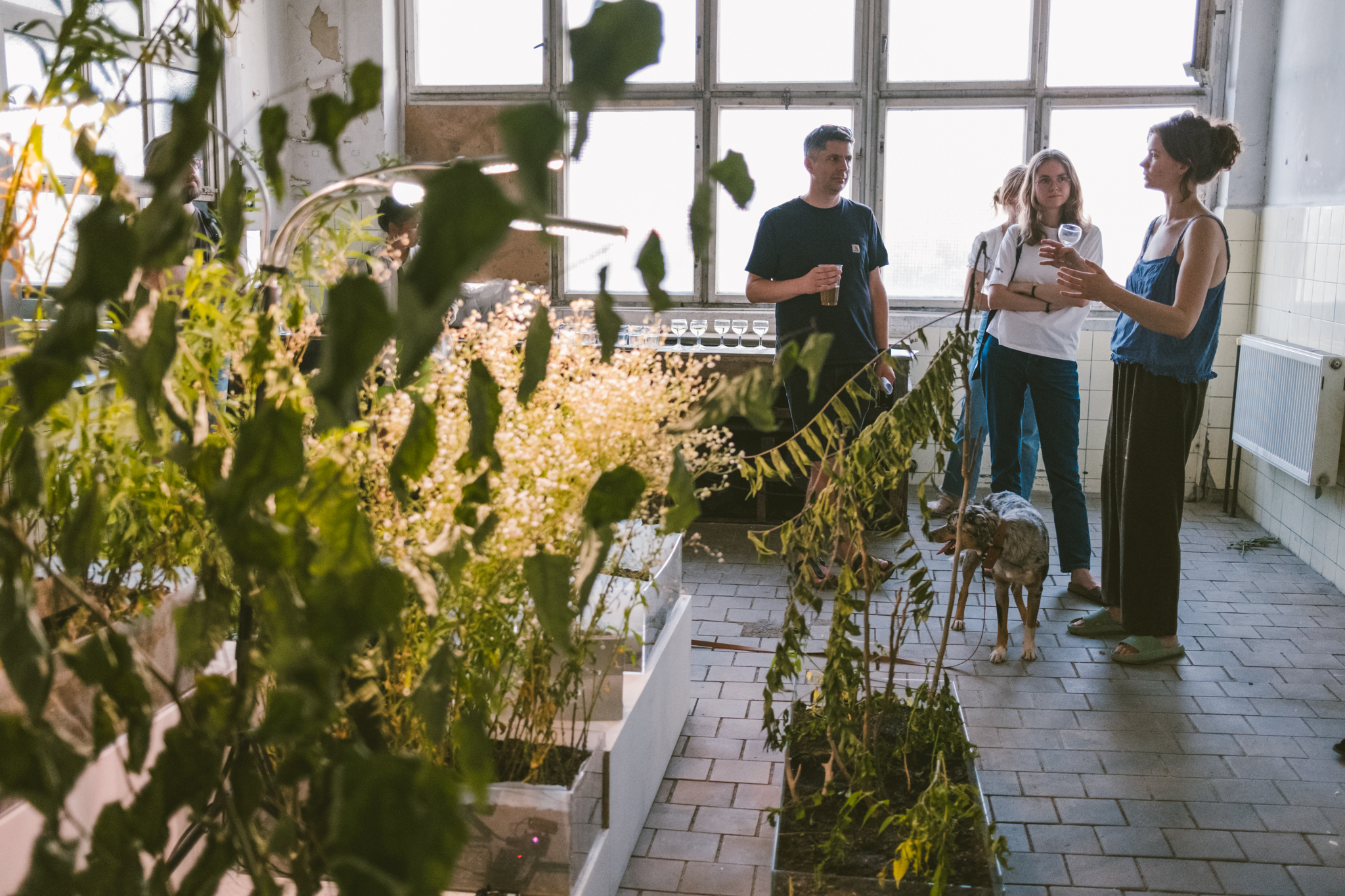




Methodology:
Through Biodata Sonification datasets are acquired which don’t belong to the peer-reviewed canon of science so far. Which doesn’t mean there is no interest or information in them! The resistance threshold within the single species is measured and it’s amplitudes translated into wavelengths (like an synthesizer), which makes the plants hearable. The spectrum of sound stems from the industrial wastelands and construction sites, soiled with heavy metals and machine noise.
Focusing on the joyful resilience of so-called invasive alien species, the biotopes represent the rising ecologies of the Anthropocene with polluted soil and various aliens dealing with the toxins of the wasteland. All organic materials have been locally sourced, making this research process very site specific, but with a broader message being applicable to most of our global north facing climate change and heavy industry. By touching the alien species, one can listen to the specific and distinct qualities that they bear, asking questions which are yet to be answered. How metal is your ecocide?
Material perspectives in sonic research:
Industrial wastelands - the swamps of the post-anthropocene?
Industrial wastelands are the key ecosystem in times of the anthropocene, where we say goodbye to the biblical idea of “pristine” nature and embrace the havoc of industrialization instead. If we take a closer look into these heavily overformed ecologies, we will find a surprisingly high rate of biodiversity and a social conglomerate of species which adapted to the given soiling caused by heavy industry. Here in Pragovka we encounter the traces of former car-factories, delivery-redistribution centers and more. Through that remaining rubble, roots of alien invasive species have found their ways, flourishing in resilience! What is so fascinating about these labeled alien invasives, is that even though they have fascinating properties regarding e.g. kickstarting succession in wastelands just like these, they are generally viewed as disruptors, unwanted, harmful even. Sabrina Rosina has been working with these categories and their planty representatives since a few years already as they never fail to surprise under which conditions they still inspire survival and proliferation, filtering even heavy toxins from the soiled bodies they grow upon. Within our research we are trying to find sensorial modes that allow to broader connect with these powerful facilitators of ongoing biodiversification.